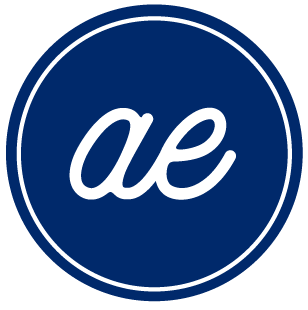Legal-X Dashboard Project
Company
Bottomline Technologies
Challenge
Legal Spend Management line of business invoice management software Legal-X dashboard needs to provide a simplified user experience, allowing users to have a more focused view on personal invoice queue and a more streamlined way to prioritize and manage invoices.
My Role
Partner with product, & development - embedded in agile team, research & discovery, information architecture, iterative user experience design, interactive prototyping, user testing, presentation demos with leadership team
Final Designs
Before and After
User interview questions reviewed with our EBR Auditor team, who is the primary user group.
Auditor, primary user for Legal-X. I created this persona in partnership with product.
Value Proposition Canvas - Understanding how the product is positioned with the user values and needs.
Invoice productivity reports gathered from users to identify average workload queues to account for in design phase.
Miro board discovery phase documentation
Journey map identifying user goals
Existing user flow I created to show all the interactions from the dashboard
Proposed user flow to simplify the experience and improve efficiency for users
Mockup design with heatmap data visualization
Latest iteration prototype design, with functional interactions.
Project Discovery
As part of the Legal Spend Management team, we meet regularly with the product and development teams to discuss priorities, along with regular biweekly user interviews with our internal users of the Legal-X software. I have been creating a UX backlog of work, based on conversations with the team to help define what these big effort redesigns could include. These types of backlog redesign efforts are more aspirational, as we focus on the recent launch of the newly branded UI for our 3 products. The idea to redesign the Legal-X dashboard was established with my UX director, which we brought to product team for early alignment.
As part of the early generative research, I created a Miro board to collect and organize all the data and outline assumptions and questions to take to the users. We held user interviews to discover user’s behavior, pain points, concerns, and motivations regarding the invoice management experience.
We met with the team to define user goals, and challenges. Our primary users are Auditors.
Top goals for our users:
Audit invoices in my accounts
Answer inquiries by clients or firms
Support team members
Top Challenges our users face:
Unanticipated technology delays
Difficulties auditing certain task
Insufficient detail tracking
Heavy workload
Define the problem
With the information we have from our users, I documented our user need & problem statement
User Need
As an Auditor, I need to manage unprocessed invoices and appeals, so that my clients needs are met.
User Problem
Managing invoices with Legal-X is challenging for an Auditor, because of unanticipated technology delays, and difficulties auditing certain tasks with insufficient detail tracking in place.
Hypothesis Driven Design Process
I have been writing out questions to gather additional information from users & product to help define the hypothesis statement.
Hypothesis Statement
We believe that simplifying and personalizing the Legal-X dashboard for Auditors and Audit Managers, will allow users to process invoices more efficiently and effectively. We will know the hypothesis is valid when we get 10% increase in released invoices per week.
What assumptions do we have? What do we want to test?
Users will be delighted if we can simplify the design and / or add clarity
Users will be more satisfied with their experience if we provide them with more helpful, personalized content, including predictive insights
We will have more flexibility to make changes in the future if the design is not limited by certain barriers
Ideation
After gathering the details and feedback from our users to create the right priorities, along with doing a comparative analysis with our dashboard design, I began to with defining the user flows in Lucidchart with a proposed simplified user flow to increase efficiency on releasing invoices. I then started on initial mock up designs, leveraging effective data visualization methods to eliminate unnecessary widgets from the layout, which can create noise for our users. Ideally we want to keep the user focused, provide personalized information, and help them complete a task more efficiently and effectively.
After some iterative design sessions with team, I gathered more data and feedback from product. Next, I researched additional methods of data visualization to better define what users are looking to see on their dashboard experience. The volume of invoices a user manages can be in the hundreds, and users want the ability to filter certain metrics to prioritize their workload. After learning more detailed information, I changed directions a bit with the type of chart, and began adding more filtering and functionality to showcase the capabilities, which I shared with the greater UX team at our biweekly convergence. At this point, I have met with leadership, product, and the greater UX team to gather feedback and improve the design. With the latest prototype, I have prepared several questions for the user to test this out with in an open forum interview to further align the design with the user goals.










